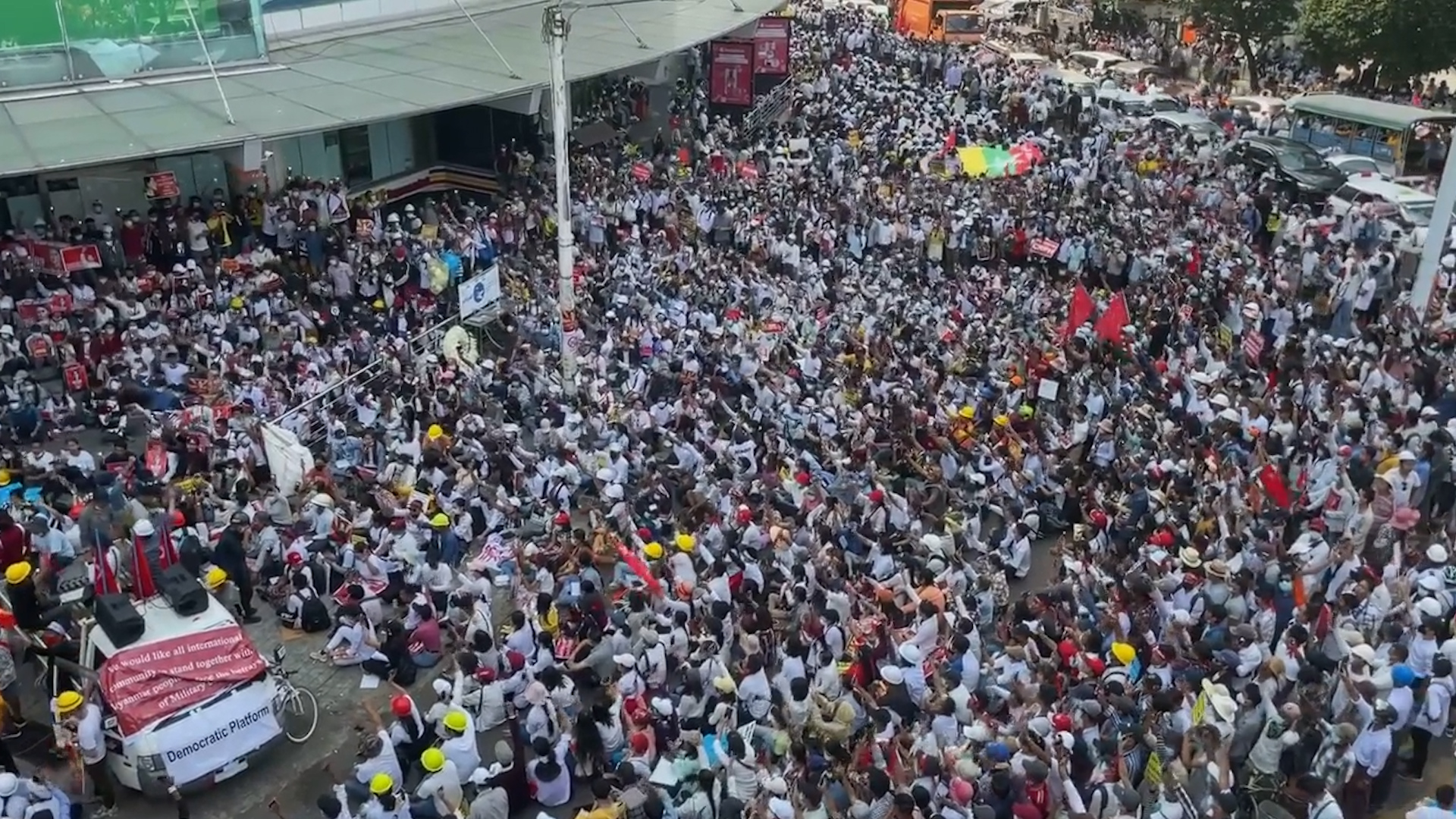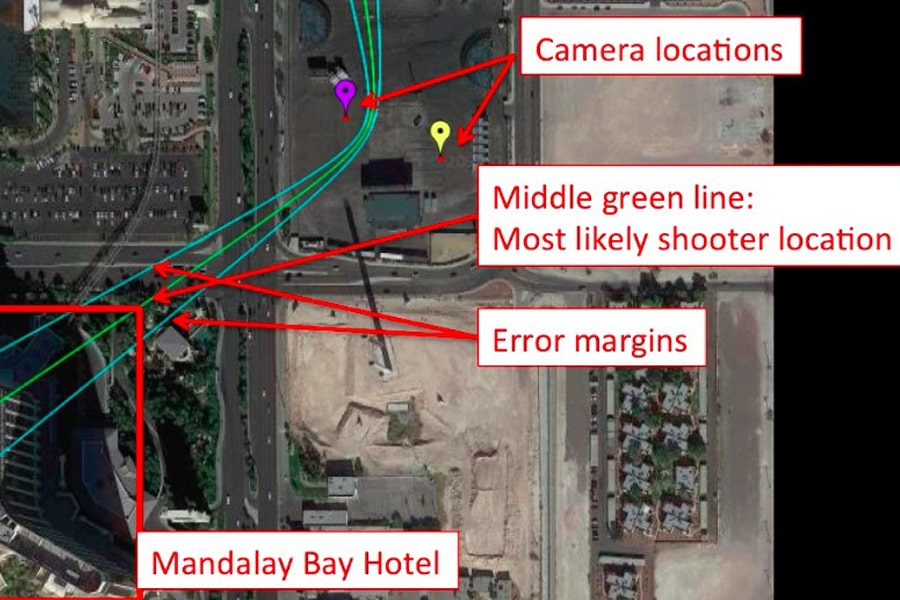Media Coverage (selected)
Representative coverage of our lab’s methods in high‑impact investigations (crowd analytics, 3‑D forensic reconstruction, multimodal shooter localization):
- Washington Post (Apr 2021) — Calibrated crowd‑density estimation across CCTV and social‑media video to reconstruct minute‑level surges and backup requests.
- Washington Post (Nov 2021) — Astroworld: multi‑camera ground‑plane alignment with occupancy/pressure proxies to chart crowd compression chronologies.
- Washington Post (Aug 2021) — Myanmar crackdown: audio‑visual triangulation and muzzle‑flash localization to verify lines of fire and event sequencing.
- New York Times (May 2018) — Kiev protests: physics‑consistent 3‑D scene modeling to reason about ballistic trajectories and shooter positions.
- Washington Post (Jun 2022) — Shireen Abu Akleh: acoustic delay fusion with camera geometry to bound shooter locations and cross‑validate against investigator reports.
- CBS / Pittsburgh Post‑Gazette (Nov 2019) — Early prototype for crowd‑sourced smartphone video triangulation of active‑shooter locations; discussion of feasibility and ethical guardrails.

Washington Post Apr 15 2021
“17 requests for backup in 78 minutes”
Our team developed calibrated
density‑estimation pipelines over heterogeneous vantage points (fixed CCTV, mobile social‑media video)
to quantify flow and surge patterns, enabling minute‑level timelines that corroborated radio traffic
and dispatch logs.

Washington Post Nov 21 2021
“Astroworld Festival Analysis”
Assisted in crowd‑density reconstruction. We aligned multi‑camera footage to a common ground‑plane,
estimated local occupancy and pressure proxies, and produced a synchronized chronology of crowd
compression that informed independent reviews of venue safety practices.

Washington Post Aug 25 2021
“Anatomy of a crackdown”
Multimedia gunshot & shooter analysis. Using audio‑visual triangulation, muzzle‑flash localization,
and frame‑accurate mapping to streetscapes, we helped verify lines of fire and temporal sequencing
across citizen videos under severe occlusion and motion blur.

New York Times May 30 2018
“Who Killed the Kiev Protesters? A 3-D Model Holds the Clues”
Built a 3‑D reconstruction to reason about ballistic trajectories and shooter positions from bystander
videos and photos. The work illustrates how physics‑consistent modeling can complement eyewitness
accounts in contested public‑space events.
/posttv-thumbnails-prod.s3.amazonaws.com/05-31-2022/t_c9fe07f733e141ebad9c22c9f9efe022_name_Screen_Shot_2022_05_31_at_1_30_14_PM_scaled.jpg)
Washington Post Jun 2022
“How Shireen Abu Akleh was killed”
Contributed gunshot and trajectory analysis. We fused acoustic delay estimates with camera geometry to
bound shooter locations, cross‑checking against ground truth distances reported by investigators to
reduce speculative claims.

Washington Post Aug 26 2020
“Lewd cheerleader videos, sexist rules…”
Examined metadata and archival sourcing practices for sensitive materials. Our perspective emphasized
responsible verification, privacy safeguards, and the limits of technical inference when reporting on
workplace misconduct.

CBS Pittsburgh Nov 20 2019
“CMU Develops Video System to Locate Mass Shooters”
Presented an early prototype that triangulates active‑shooter locations from crowd‑sourced smartphone
videos. The system estimates bearing from motion‑stabilized frames and aggregates across viewpoints to
localize within tens of meters in urban settings.

Pittsburgh Post-Gazette Nov 20 2019
“CMU develops video system that can locate mass shooter”
Explained the research behind the prototype—calibration on consumer‑grade video, robustness to
rolling‑shutter distortions, and practical considerations for public‑safety use. The coverage
highlighted real‑time feasibility and ethical guardrails.